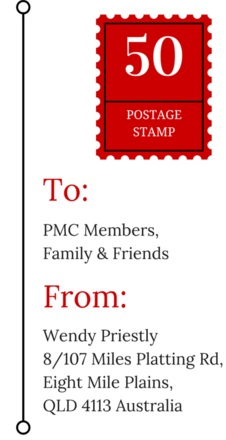
Hi to all,
Our time along the Trans Siberian rail system across Siberia and the town of Irkutsk provided many opportunities to learn new aspects of life in this vast land. We visited a family home for lunch and then we took a walk through the forest and learnt to identify the different trees and what they were used for in the past times. As we turned off the main road and onto a dirt side road we realised we were far from town and facilities. Our guide reminds us that people come out here for the summer time to get away for their summer holidays. During winter it becomes too difficult to come here for stays as water will freeze in the pipes and living in such conditions is not so great with the cold, minus temperatures they get here in the forests of Siberia.
As we walk up the garden path of our family’s home we can see the spring and summer flowers are out everywhere. The colours are bright and the variety very diverse. Many plants and flowers are recognisable in Australia and we now understand they have come from Siberia, not the other way around.
With all the flowers out the bees and insects are having a great time collecting pollen. There is so much pollen on their back legs they are almost as round as the rest of their bodies. They are taking this back to their nests and providing Siberia with a very valuable export in Siberian honey. Unfortunately in Australia we do not get to taste this most delicious style of organic honey, but if in Europe you can get it and try it.
Our group is invited to come inside and sit down at the large tables prepared for our Siberian lunch of fresh organic salads, their own garden vegetable soup and brusnika berry jam (wild red berry jam) on fresh baked sweet buns. A most enjoyable and very tasty and satisfying lunch.
We enjoy the salads with their liberal mixture of dill. At this time of year dill is a favoured herb that gets included in salads, soups and top of potatoes and all sorts of baked and steamed veggies. Many of the group love dill and eat up to please our hosts. Our guide tells us that many Siberian families are fortunate to be able to grow their own veggies as organic and do not need any fertiliser as the black soil is rich in minerals and with the ground cover to keep in the moisture, growing a crop is easy.
After such a lunch we are invited to take a stroll to the end of the street and take in the view across the lake. What a magnificent view it is. Just like scenes from many a Russian movie in the summer time. it is now time to return to the bus and take in some more sites.
As we walk back our guide tells us that the Larch tree has been used for thousands of years for the outside of wooden homes as it is very durable in the Siberian weather. Although 10 months of the year it is very cold with snow 20 – 40 meters deep and to temperatures of minus 40 degrees, it is still considered very dry. This together with a very dry inner continental summer climate of low humidity and temps of 20- 30 degrees, means the timber has long lasting qualities. However Larch is not a good wood for keeping warmth in the home.
The inside of cabins or homes are lined with pinewood as this is very good for keeping warmth in and heat out in the summer months. Most local forests have both of these trees growing in abundance. We are instructed on how to tell one tree from the other.
One person wanted a closer look and so decided to hug the tree to feel the real nature of the tree.
We then make our way out of the forest and back to our bus for the next episode of our Trans Siberian rail journey.
Regards,
Wendy


